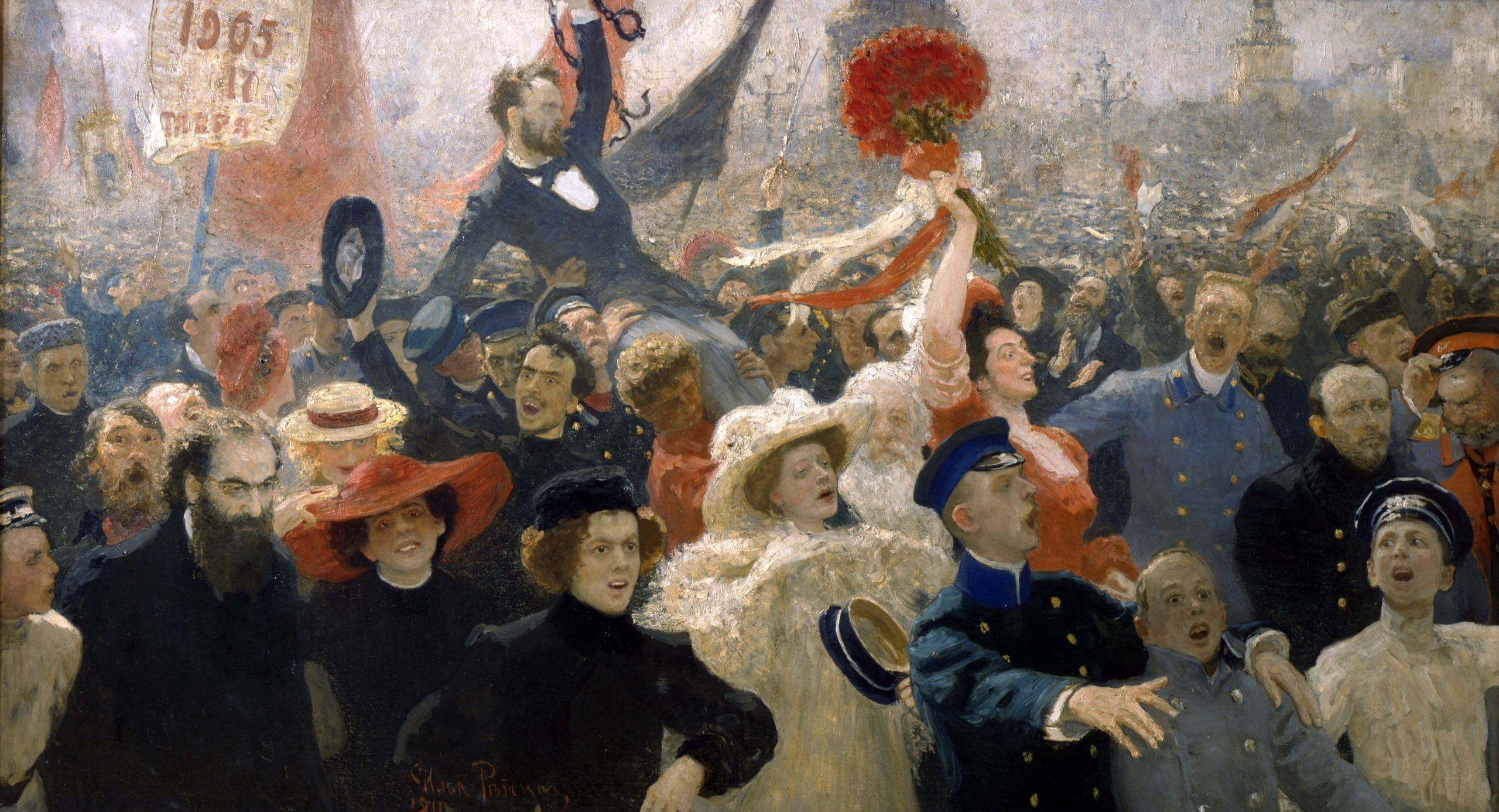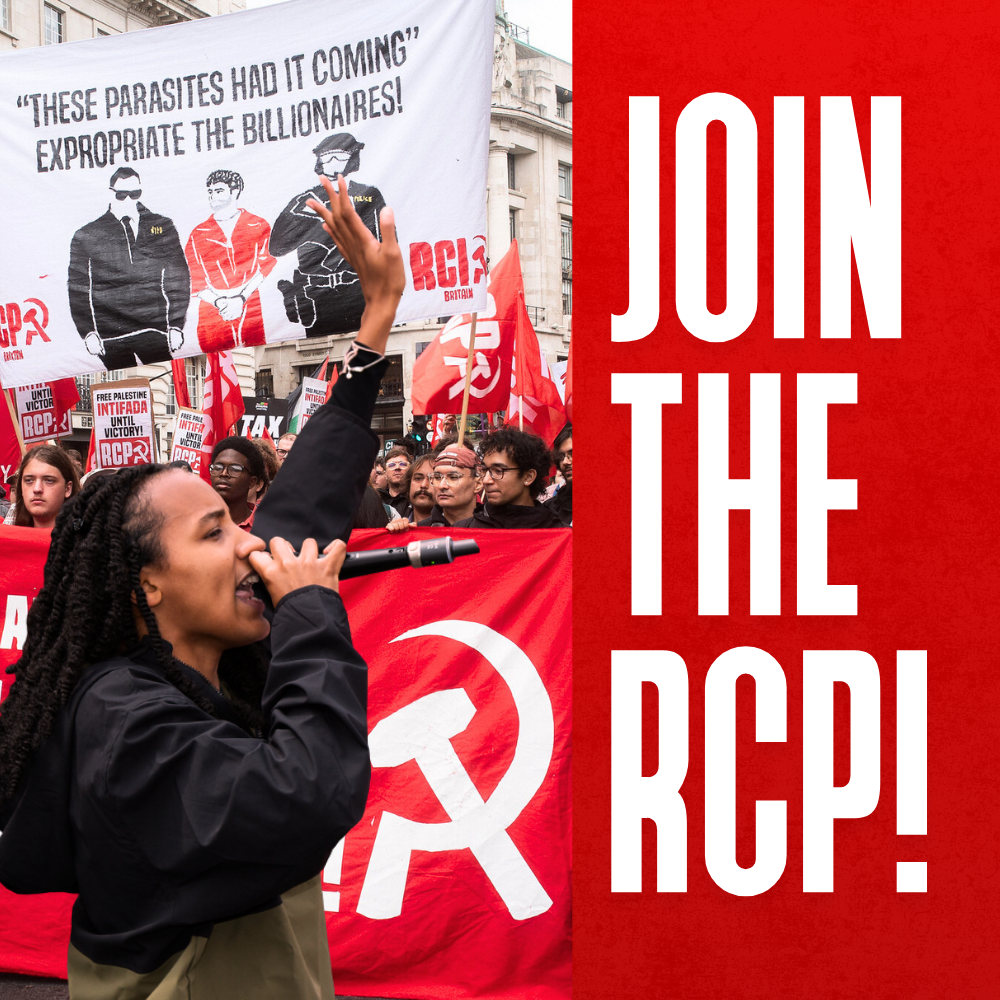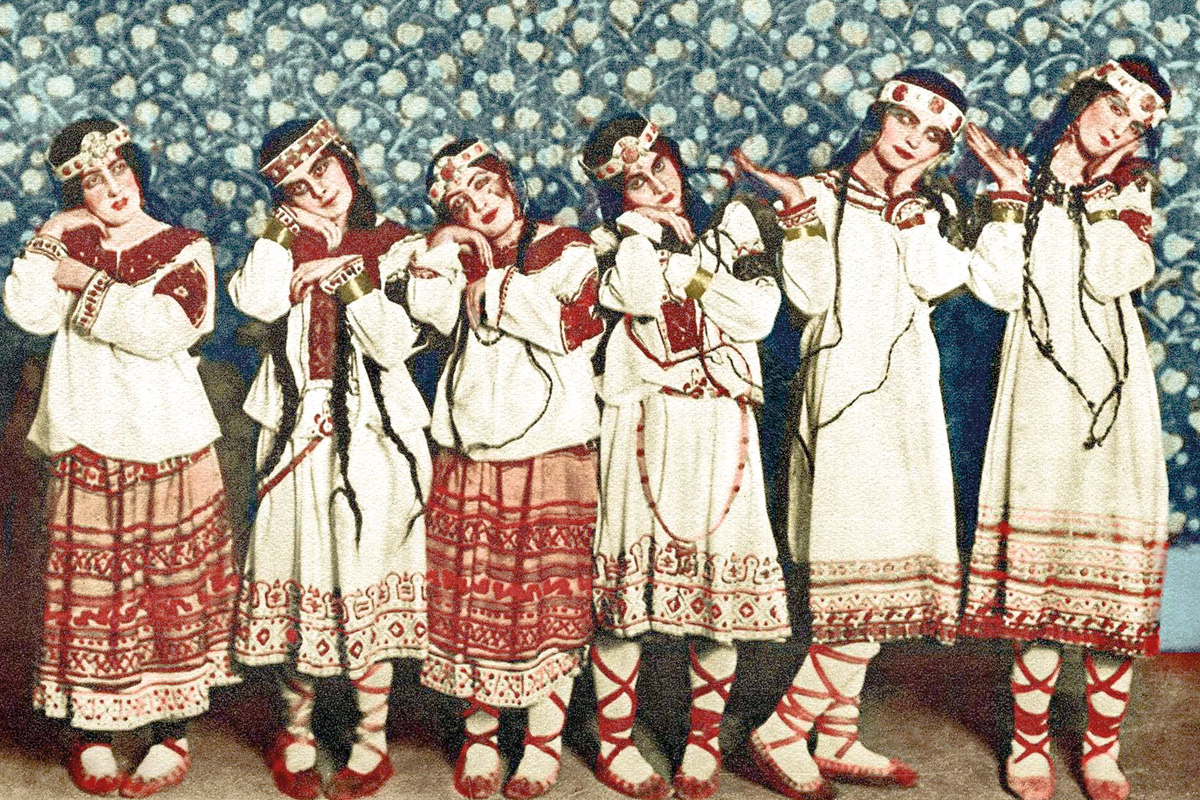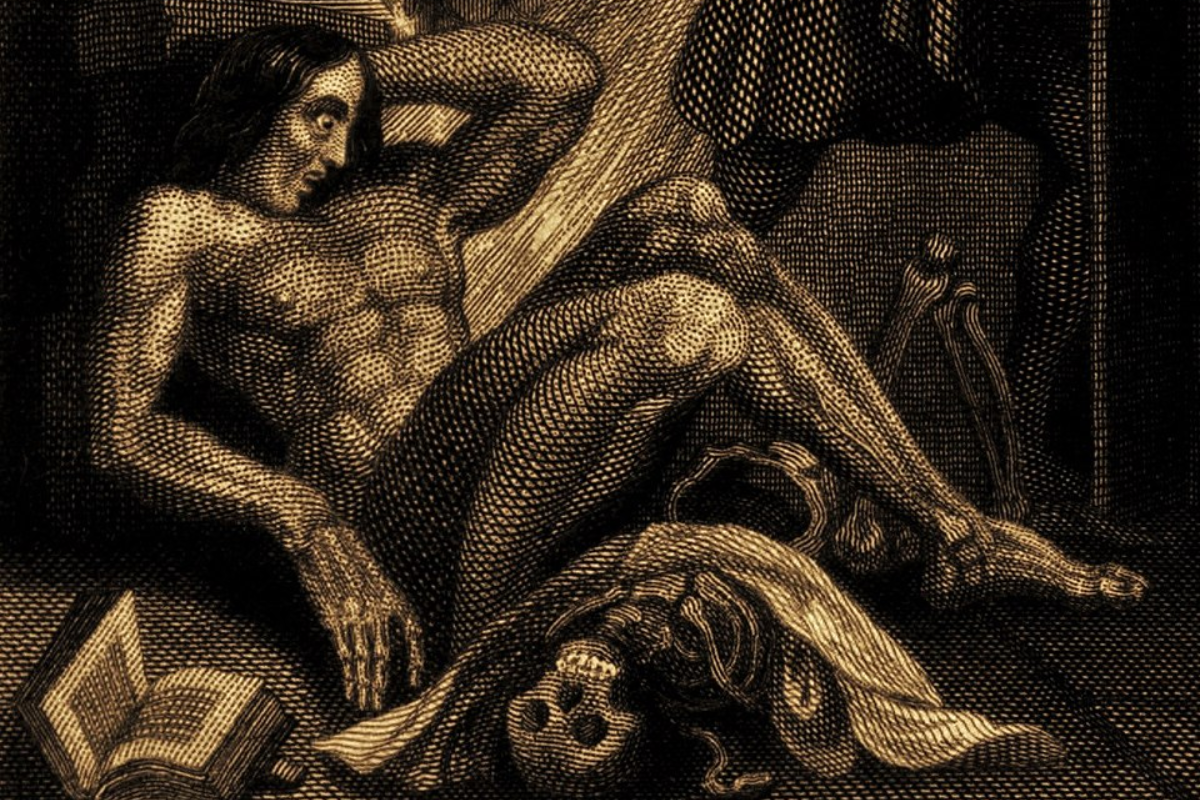Written in 1957 for the 40th anniversary of the October Revolution, Dmitri Shostakovich’s 11th Symphony is one of – if not the most – magnificent of his works.
Unapologetically political – and yet miles away from being a bombastic propaganda piece – the 11th Symphony is a true work of art. Like Eisenstein’s film Strike, it contains layer upon layer of meaning for the audience to unravel.
Given its explicitly revolutionary themes, it is surprising that this piece was chosen by conductor Jakub Hrůša to open up his term of office as the Musical Director for the Royal Opera House.
Under his baton, the BBC Symphony Orchestra gave a phenomenal performance at the Barbican on 31 January, almost coinciding with the 120th anniversary of Bloody Sunday, when tsarist butchers shot and killed thousands of people in what would become an overture to the 1905 Russian Revolution.
Lack of leadership
The first part of the 11th Symphony depicts an all-pervading sense of tension and uncertainty on the frosty morning in St. Petersburg that would become Bloody Sunday.
We get a sense for workers anxious about the upcoming demonstration; the military garrison on the edges, going through their morning drills and uncertain of what criminal orders they will be given by the officers by the end of the day.
Then, the lava of humankind begins to erupt. Time to take action. We have to go to the streets, we can’t take this anymore!
Someone shouts that maybe it’s too early; another voice that it’s too late. But the prevailing mood is: we have to do something. The Palace Square begins filling up. Ranks upon ranks of destitute people crying for help – men, women, children and elderly – “Batiushka [dear father] Tsar, listen to us!”
And then the second movement. Tensions rise. Soldiers run into the square. They take position. Lines are formed. The masses plead for bread even more forcefully. A child cries in the embrace of its mother. An agent provocateur does his dirty job to rile things up.
“Who is leading?” someone shouts. Shots are his only answer – in the form of a barrage of drums. Chaos. Cossacks riding through the crowd. Blood sprays over the snow. The massacre itself concludes in mere minutes.
Rearming
What follows in the third movement is the grim process of waking up from the shock and counting the dead.
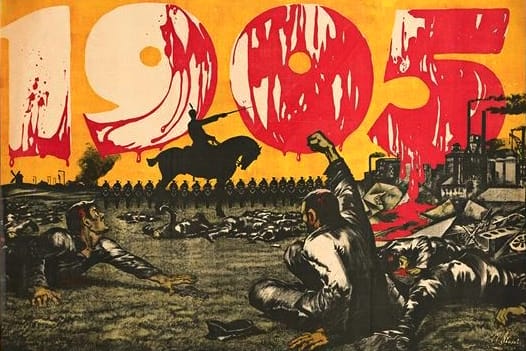
The 1905 Revolution was followed by a period of stolypinschina – named after the Tsar’s prime minister Stolypin, who became infamous as a bloody executioner of the regime, hunting down and butchering thousands of revolutionaries.
These stormy events shaped the childhood of Shostakovich. Born in 1906, he grew up during this period of dark reaction, which would have broken the back of the revolutionary movement had it not been for the steadfast leadership of Vladimir Lenin.
Mournful near-silence is eventually broken by the first bit of discernible melody in a while: it’s the Bolshevik funeral march Vy zhertvuyu pali, known in English as You Fell Victim. This melodic line tries to provide some structure, and a spark of hope for tomorrow.
The lengthy term of reaction eventually comes to a close – not in a single act, but in outbursts of revolutionary activity here and there. Contradictory, zig-zagging, back and forth – we listen as the revolutionary ferment grows once again, even stronger and more resolute than it was at first.
Drums return once again – but is it the Tsarist army?
The melody of Varshavianka 1905 makes it clear that it is our people this time. Having graduated from the brutal school of bullets and nagaikas, they have now returned, organised with a firm and unwavering leadership.
Class interpretation
Asked about why he chose this piece to open his tenure, Hrůša remarked:
“I really think it’s [about] the value and virtue of the individual human soul being oppressed, helpless, and yet still to be glorified. It’s all about an individual standing against the horrendous force of insensitive society. It’s full of such not easy to grasp emotions…”
It is truly quite remarkable how open to interpretation classical music can be! And it is remarkable what these interpretations can tell us about the individual.
We can see, however, that Hrůša’s unquestionable talent is coloured with the class perspective of a middle-class artist stuck between the Scylla and Charybdis of bourgeois and proletarians – trying to make sense of the world from an individualistic point of view.
To listen to the 11th from the sole perspective of the individual would be to rob ourselves of its true profundity.
While the role of the individual in the historical process is definitely a part of this work, the main and dominant thread is that of class struggle. This is so viscerally portrayed in the 11th that it is hard to believe anyone can disregard it in good faith.
Lacking a working-class perspective, it is no wonder that the symphony ends up as “full of such not easy to grasp emotions”.
The 11th conveys the full array of emotions – the hope and ambition, the hesitation and doubt, the fortitude and resolve – involved in the revolutionary process. If they were ever intended to be the emotions of one individual, it would have to be dubbed The Schizophrenic Symphony instead.
But this confusion is nothing new. The classical music establishment has long attempted to sanitise Shostakovich’s work of its bold political content. But no matter how hard they try, the rousing, revolutionary message of the 11th is unmistakable.
Finale
When giving his interpretation, Hrůša explained:
“… in the last movement, there’s an episode of the cor anglais solo. Very few composers could describe what it feels like to be alone in the middle of something you cannot really influence. Quite honestly I can barely imagine a better piece for these days.”
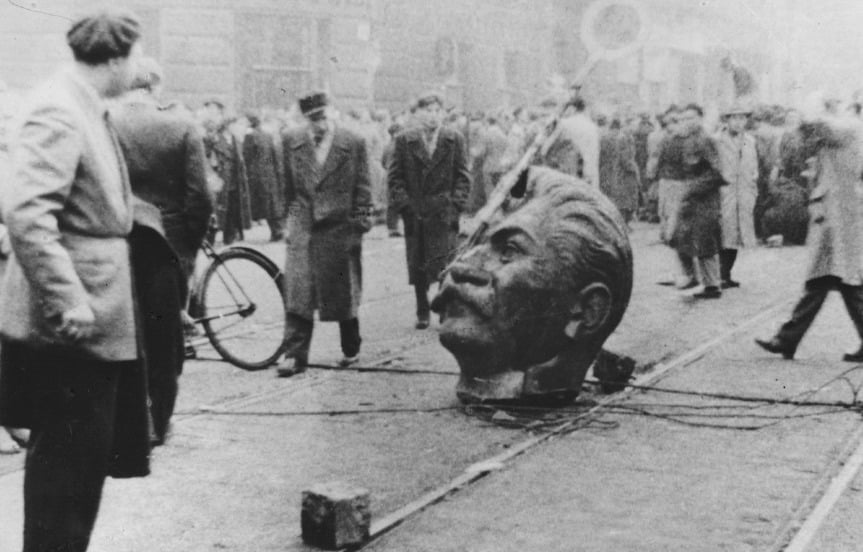
It’s true that like with all great art, there’s usually more than just one message.
With the symphony having been written one year after the tragedy of the 1956 Hungarian Revolution – when the workers took to the streets in a political revolution against the Stalinist regime – the analogy is obvious. Here too an organised leadership was absent and the revolution was met with brutal military response.
The sounds of bullets in 1905 St. Petersburg were tragically similar to those of rolling tanks in 1956 Budapest. Shostakovich was indeed not in position to influence what was yet another abject betrayal of Bolshevism by the deformity of Stalinism.
But do we find ourselves in the same hopeless situation today? From the standpoint of the impotent middle class, sure! Shostakovich, however, does not close the finale of his 11th Symphony with navel-gazing over the cor anglais.
Tocsin instead closes with a thunderous alarm sounded by four church bells, a signal to all the tsars, autocrats, oppressors: your day is near!
At the same time, it is a call to arms for us: to organise and prepare; to avenge the martyrs of 1905, and countless more before and since, once and for all!
Though coming from our own class perspective, here we find ourselves in agreement with Hrůša: it is truly hard to imagine a better piece for these turbulent days!
This performance is available on BBC Sounds until 7 March 2025.

